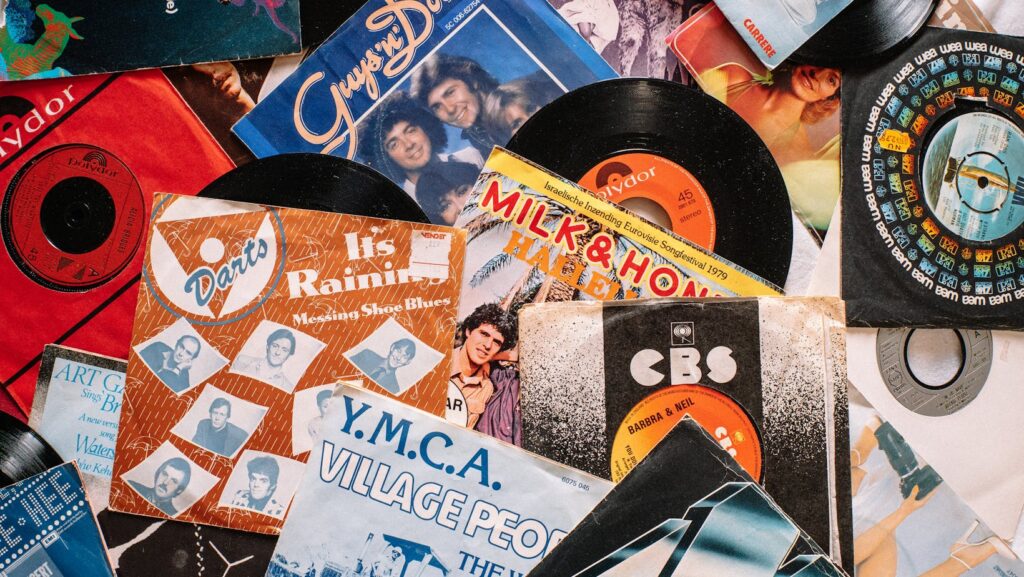Exploring the rich tapestry of Western music unveils a captivating journey through time, showcasing the evolution of musical styles, composers, and influences that have shaped the melodies we cherish today. From the majestic symphonies of the Baroque era to the revolutionary sounds of the Romantic period, each musical epoch reflects the spirit and creativity of its time.
Delving into the concise history of Western music offers a glimpse into the innovative minds of composers like Bach, Mozart, and Beethoven, whose compositions continue to resonate with audiences worldwide. By tracing the development of musical genres such as opera, classical, and jazz, one can appreciate the diverse range of expressions that have defined Western musical heritage.
Embark on a melodic expedition through the annals of Western music, where each note and rhythm serves as a testament to the enduring legacy of artistic innovation and cultural resonance.
Concise History Of Western Music

During the Ancient and Medieval Periods of Western music, the foundations of musical theory and notation were laid. Music was primarily vocal and centered around religious themes, with chants and hymns dominating the musical landscape. The music of this era was monophonic, with a single melodic line devoid of harmony. Notable developments included the establishment of modes, which were precursor scales to today’s major and minor scales.
The Renaissance period marked a significant evolution in Western music, characterized by a renewed interest in secular music and the advancement of polyphony. Composers during this period explored complex harmonies and experimented with different vocal and instrumental combinations. The advent of musical printing in the 15th century enabled the widespread dissemination of musical compositions, leading to the preservation of musical works for future generations. Influential composers such as Josquin des Prez and Giovanni Pierluigi da Palestrina made substantial contributions to the musical landscape of the Renaissance period.
Classical and Romantic Eras

In the evolution of Western music, the Classical era marked a significant shift in musical composition and performance. Characterized by clarity, balance, and symmetry, composers such as Haydn, Mozart, and Beethoven defined this era with their elegant symphonies, concertos, and sonatas. The development of the symphony orchestra as we know it today can be traced back to this period, with standardized instrumentation and structural forms becoming prevalent. The Classical symphony, with its distinct sonata-allegro form, showcased thematic development and harmonic progression, setting the stage for future innovations in orchestral music composition.
The Romantic era brought a profound change to Western music, emphasizing individual expression, emotion, and imagination in compositions. Composers like Beethoven, Schubert, and Chopin explored new realms of musical storytelling, breaking away from the formal constraints of the Classical period. Melodic richness, harmonic experimentation, and dynamic contrast characterized Romantic music, enabling composers to convey a wide range of emotions and narratives through their works.
Transition to Modern Music
Early 20th Century

In the early 20th century, Western music underwent a significant transformation marked by a departure from the traditional norms of harmony, melody, and form. Composers during this period, such as Igor Stravinsky and Arnold Schoenberg, challenged conventional tonality and embraced dissonance, leading to the development of atonal and twelve-tone compositions. This era saw a flourishing of experimentation with rhythm, timbre, and structure, paving the way for a diverse range of musical styles and techniques that pushed the boundaries of musical expression.
Influence of Technology and Culture
The evolution of Western music in the 20th century was profoundly shaped by advancements in technology and the changing cultural landscape. The advent of recording technology revolutionized the way music was produced, distributed, and consumed, enabling greater access to a variety of musical genres and styles. Additionally, the influence of globalization and cultural exchange brought new sounds and rhythms into Western music, leading to cross-cultural collaborations and innovations. The fusion of traditional and modern elements, coupled with the rise of popular music and electronic instruments, ushered in a new era of musical creativity and experimentation that continues to define contemporary Western music.
